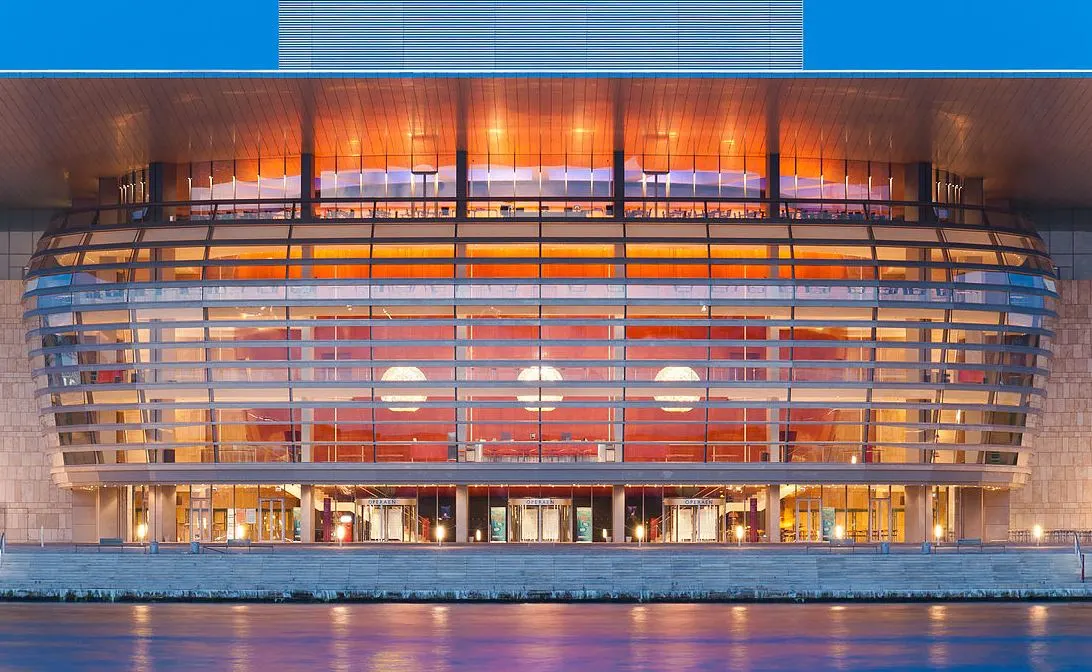Some of the most beautiful landmarks in numerous city’s around the world are opera houses, and this is certainly the case in the Danish capital.
Like the Palais Garnier in Paris or the Sydney Opera House, the main opera house in Copenhagen has become one of the most stunning buildings in the city.
This striking modern structure had a hefty price tag but the result after its construction was completed in the early 21st century was nothing short of spectacular.
In this article, you’ll discover some of the most interesting facts about the Copenhagen Opera House, a famous landmark that you simply have to check out.
1. The opera house is located on a harborfront in central Copenhagen
The Copenhagen Opera House is locally known as the “Operaen” (Opera House) and is one of the most remarkable buildings in the Danish capital.
It’s located on a relatively small island called “Dokøen” or “Dock Island.” These former docks have been repurposed and are now home to several entertainment venues.
The Royal Danish Academy and its extensive university buildings, including the Royal Academy Library, are located just east of the opera house.
You can reach this building by hopping one of the Copenhagen Harbour Buses of Route 903. This transportation on water is the equivalent of a regular city bus.

2. It was constructed in alignment with several other landmarks across the harbor
The historical heart of Copenhagen is located across the harbor and the building was constructed in such a way that it aligns with some of the most famous landmarks in the city.

Just across the harbor, you can find Amalienborg, a palace complex that consists of 4 similar Neoclassical buildings that were constructed around an octagonal square.
This became a royal residence in the late 18th century and forms the heart of the city. Just a bit further you can find the largest dome in Scandinavia, that of Frederik’s Church ( Frederiks Kirke).
The opera house was constructed in a straight line with both Amalienborg and the famous dome of a Rococo building also known as “Marble Church.”
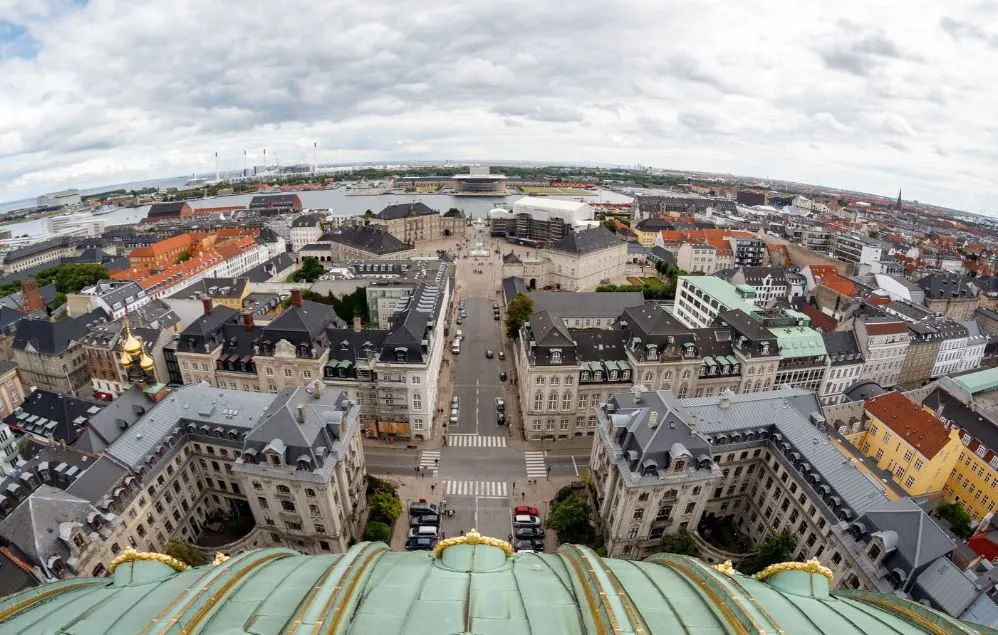
3. The project was made possible by a huge donation from a Danish foundation
The project was initiated in 2000, the year that a foundation called “A.P. Møller og Hustru Chastine Mc-Kinney Møllers Fond til almene Formaal” made a huge donation to support the project.
This foundation is associated with the company A.P. Moller-Maersk Group founded by Arnold Peter Møller (1875-1965), a local shipping magnate.
The opera house was constructed between 2001 and 2005 and cost about DKK2.5 billion or $370,000,000 to complete.
When calculated with inflation, this is the equivalent of well over $550 million today, a huge sum!

4. It was designed by a renowned Danish architect who wrote a controversial book afterward
The main architect of the building was Hennig Larsen (1925-2013), a renowned Danish architect who was assisted by the Danish and British engineering companies Ramboll and Buro Happold.
Larsen was a professor at the Royal Danish Academy of Fine Arts for many decades and made a name for himself internationally by designing some prestigious projects.
Some of his most notable works were the Ministry of Foreign Affairs in Riyadh, Saudi Arabia, and the magnificent headquarters of Der Spiegel news magazine in Hamburg, Germany.
Remarkably, he wrote a controversial book after the opera house was completed complaining about the people who donated the money to build it.
He even referred to the project as:
Nothing more than a mausoleum for Mærsk Mc-Kinney Møller and the most owner-infected worst-case in my fifty years as an independent architect.
This might be true, but then again, the foundation donated hundreds of millions of dollars to build the opera house (which they could deduct from taxes, by the way).
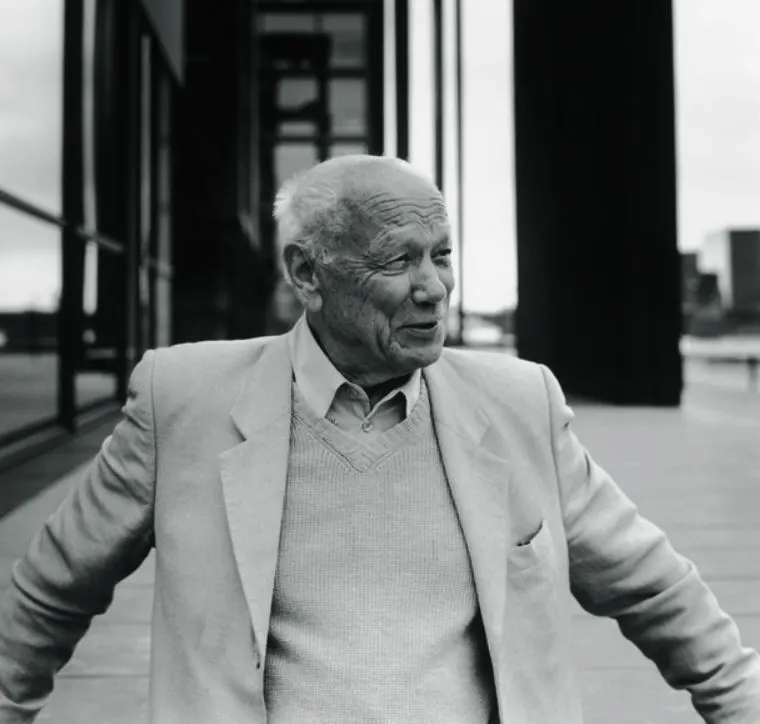
5. The Copenhagen Opera House is a prime example of Neo-Futuristic architecture
Neo-Futurism is a remarkable architectural movement that emerged in the late 20th and early 21st centuries.
It incorporated various elements from other movements such as Art Deco architecture and High-Tech architecture and revolves around aesthetic and functional design.
The building is surrounded by canals which gives it the appearance that it’s located on an island, even though it’s part of a larger island.
Bridges made from oak trees, a façade clad with Jura Gelb quarried in Germany, and a distinctive roof are some distinctive characteristics of the structure.
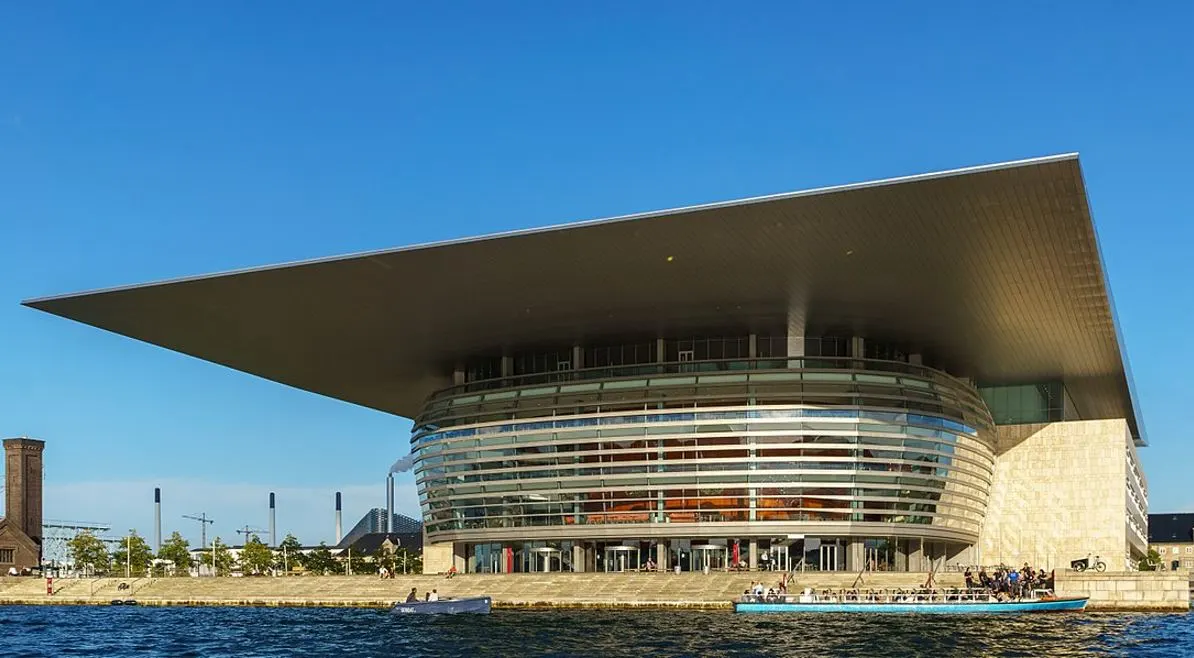
6. The interior of the opera house is enormous and features over 1,000 rooms
The building has a total floor space of 41,000 square meters (441,310 square feet) which are divided among 14 floors of which 5 are below ground level.
The building is very long which makes it much larger than it initially appears to be from the entrance area. A side view provides a much better picture of the sheer size of this structure.
The opera house is equipped with over 1,000 rooms and some are pretty large as well such as the main orchestra rehearsal room.
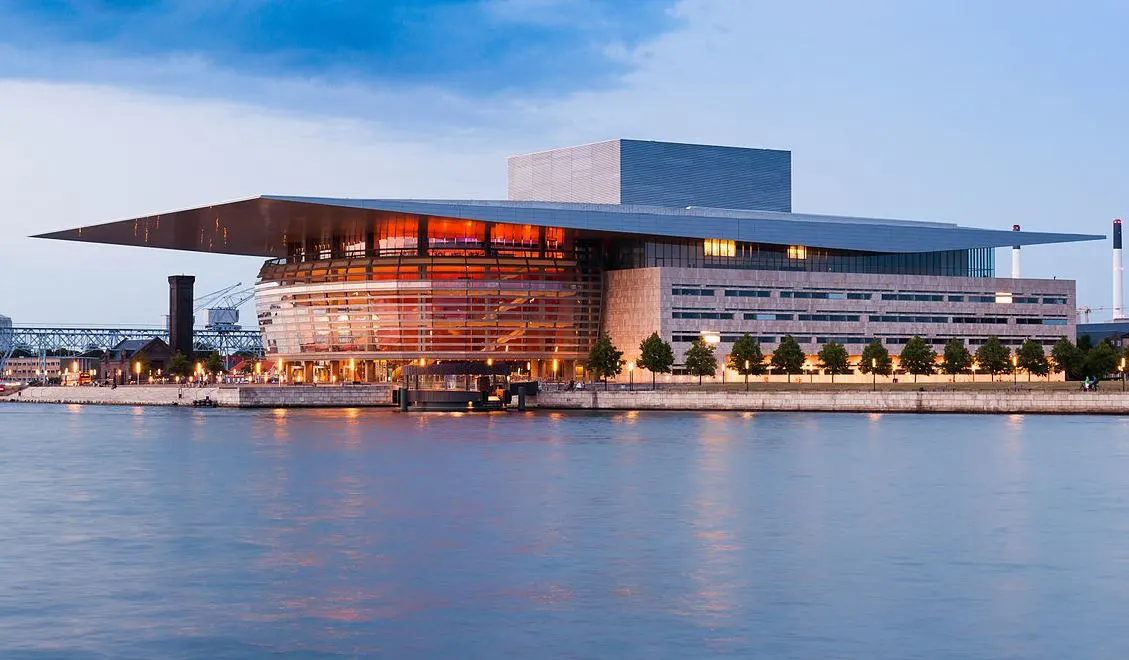
7. The auditorium is far from being the largest in the world by capacity
A building with over 1,000 rooms was constructed for only one room that is important to visitors, the main auditorium of the opera house.
It has a remarkable setup because it features 6 stages of which only 1 is visible to the audience. The interior is rather gloomy with most elements being completely black, including the seats.
It’s not very big as well because it has a seating capacity of just 1492 which can be expanded to 1,703 seats depending on the configuration.
The most beautiful feature inside the auditorium is the 105,000 sheets of nearly pure gold leaf that decorate the ceiling.
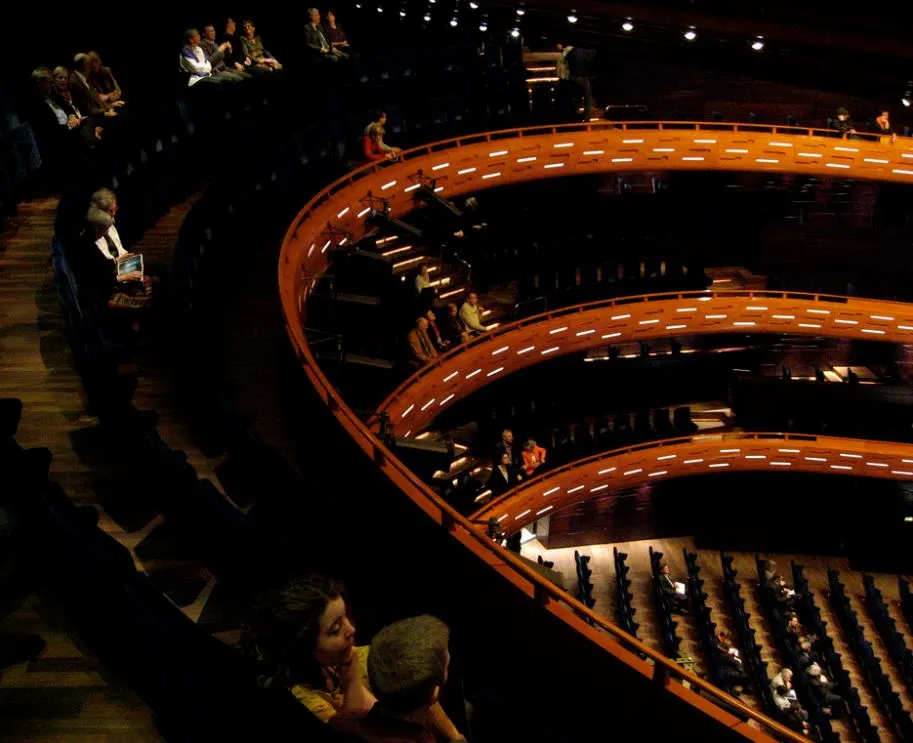
8. The foyer of the opera house is one of the most stunning in the world
Arriving at the Copenhagen Opera House is a fascinating experience in itself, especially at night when the lights are on.
The foyer is covered with glass panels that are placed in metal grids. The interior is decorated with 3 huge chandeliers designed by an Icelandic artist named Olafur Eliasson.
These consist of a large number of pieces of glass that both reflect and absorb light to produce an amazing flickering light show.
